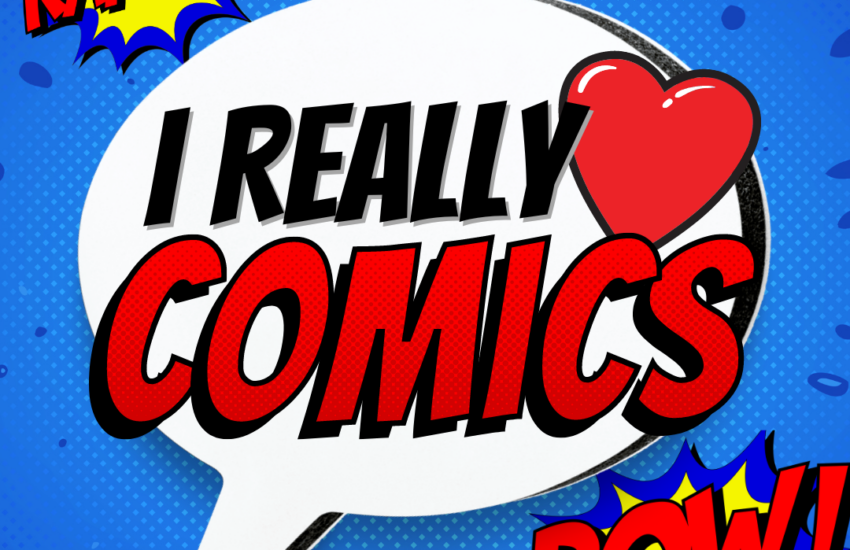Public Domain 2023
By Hannah Herrlich, Emerging Technologies Librarian
What is the Public Domain?
The public domain is essentially a collection of works that no longer have copyright protection based on copyright expiring or the owner failing to comply with statutory requirements. There are no restrictions for individuals to use these works in any manner, nor are permissions necessary. Additionally, works within the public domain never can be owned by any individuals. Figuring out exactly what is in the public domain can get complicated once you start looking at international publications, as there is no “one size fits all” approach to copyright laws around the world. However, each year on January 1st the United States welcomes even more creative works into the public domain- allowing for increased access and use.

Why Celebrate the Public Domain?
When works go into the public domain, they can legally be shared, without obtaining permissions or paying fees. Community theaters can screen the films. Orchestras can perform the music publicly, without paying licensing fees. Online repositories such as the Internet Archive, HathiTrust, and the New York Public Library can make works fully available online. This enables access to cultural materials that might otherwise be lost to history. When works enter the public domain, anyone can rescue them from obscurity and make them available, so that we can all discover, enjoy, and breathe new life into them.
Continue reading to learn more about what works published in the United States before 1927 have been ushered into the public domain this year!
2023 Public Domain Titles
To the Lighthouse by Virginia Woolf
*Already public domain in countries with a “life plus 70 years” and “life plus 50 years” copyright.*
Virginia Woolf’s classic piece of literature is made up of three powerful observational segments into the life of the Ramsay family, living in a summer house off the rocky coast of Scotland. Following and extending the tradition of British modernist novelists, the plot of To the Lighthouse novel is secondary to its philosophical introspection.

Steppenwolf by Herman Hesse
*Already public domain in countries with a “life plus 50 years” copyright.*
Steppenwolf is Hesse’s best-known and most autobiographical work. With its blend of Eastern mysticism and Western culture, it is one of literature’s most poetic evocations of the soul’s journey to liberation. Originally published in English in 1929, the novel’s wisdom continues to speak to our souls and marks it as a classic of modern literature.
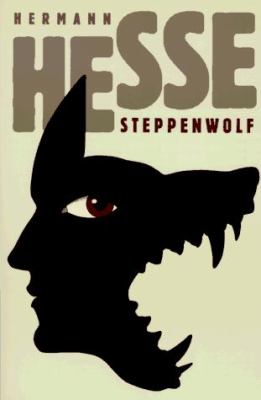
The Bridge of San Luis Rey by Thornton Wilder
The Bridge of San Luis Rey, a bestseller that won the Pulitzer Prize in 1927, is the story of a group of assorted people who happen to be on a bridge in Peru when it collapses. Ingeniously constructed and rich in its philosophical implications about fate and synchronicity, Wilder’s book would seem to be the first well-known example of a formula that has become a cliché in popular literature.
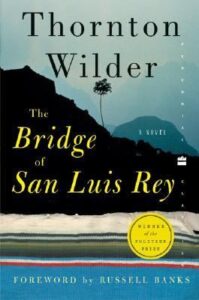
Men Without Women by Ernest Hemingway
Men Without Women represents some of Hemingway’s most important and compelling early writing. In these 14 stories, Hemingway begins to examine the themes that would occupy his later works: the casualties of war, the often uneasy relationship between men and women, sport and sportsmanship.
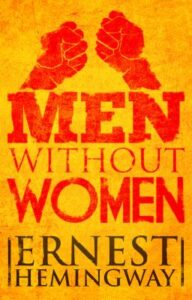
Aspects of the Novel by E.M. Forster
E. M. Forster’s guide sparkles with wit and insight for contemporary writers and readers. With lively language and excerpts from well-known classics, Forster (author of A Passage to India, Howards End, and A Room With a View) takes on the seven elements vital to a novel: story, people, plot, fantasy, prophecy, pattern, and rhythm.
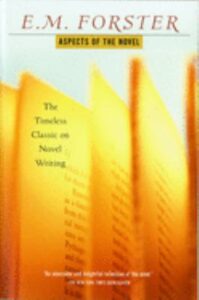
Twilight Sleep by Edith Wharton
First published as a serial in the Pictorial Review before being published as a novel in the same year (1927), Twilight Sleep centers around a socialite family, navigating their relationships among the backdrop of the New York Jazz Age.
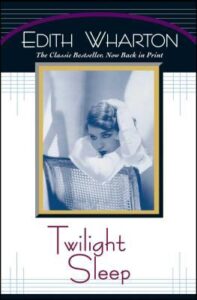
Caroling Dusk: An Anthology of Verse by Negro Poets by Countee Cullen
This poetry anthology, edited by Countee Cullen, includes the work of 38 Black American poets. Cullen felt that poetry was “instrumental to the cultural development of a race,” and this book is often cited as one of the major poetry anthologies of the Harlem Renaissance.
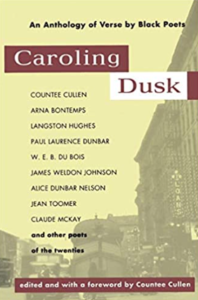
Being and Time by Martin Heidegger
Heidegger’s provocative text has been taken as the inspiration for a variety of innovative movements in fields ranging from psychoanalysis, literary theory, existentialism, ethics, and theology. Being and Time raises questions about the end of philosophy and the possibilities for thinking liberated from the presumptions of metaphysics.
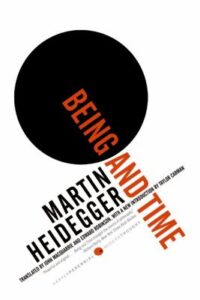
Amerika by Frank Kafka
*Already public domain in countries with a “life plus 70 years” and “life plus 50 years” copyright.*
Amerika is the incomplete first novel by Kafka, written between 1911-1914 and published posthumously in 1927. The story follows Karl Rossman, “a poor boy of seventeen,” who has been banished by his parents to America, following a scandal. There, with unquenchable optimism, he throws himself into adventure and misadventure.
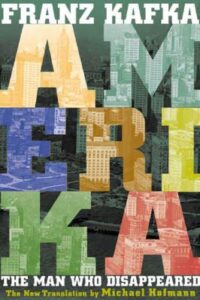
The Case-Book of Sherlock Holmes by Arthur Conan Doyle
In The Case-Book of Sherlock Holmes, you can read the final 12 stories that Sir Arthur Conan Doyle wrote about his brilliant detective. They are perhaps the most unusual and the darkest that he penned. Treachery, mutilation and the terrible consequences of infidelity are just some of the themes explored in these stories.
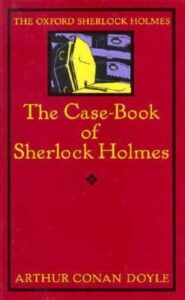
Keep an eye out on digital libraries and repositories as they add these and other titles. And for further information and resources about the public domain, you can visit our research guide, or, as always- Ask a Librarian. We’re happy to chat!

